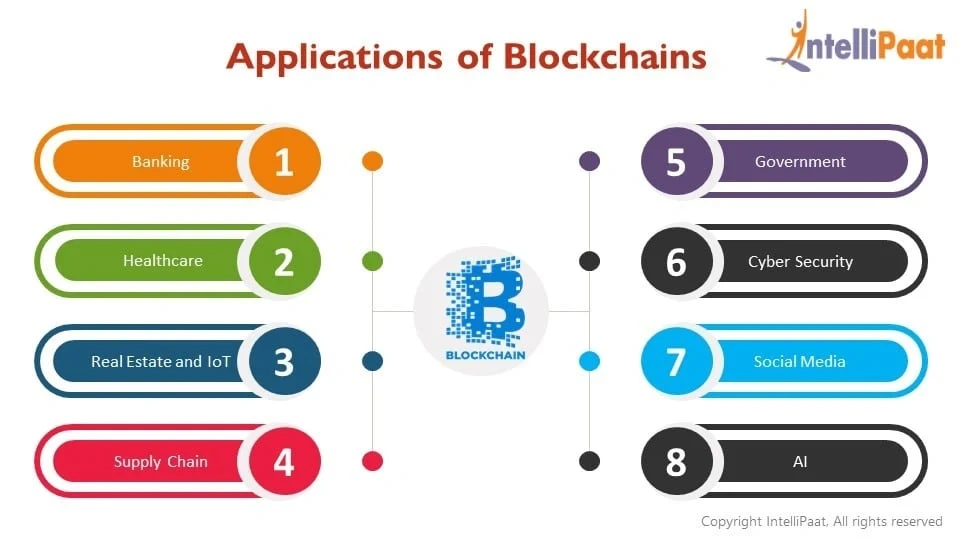Unlocking Blockchain Technology: A Beginner’s Journey from Confusion to Clarity
Starting with a Question: Can We Really Trust Digital Systems?
Blockchain technology is quietly transforming how we exchange value, store data, and build digital trust—even if most people still don’t fully understand what it means.
Imagine sending money to someone overseas—not through a bank, not through PayPal, but directly. No waiting, no middlemen, no one taking a cut. It just… happens. Safely and transparently.
That’s the promise that first drew people to blockchain technology. But if your reaction to blockchain has mostly been confusion or skepticism, you’re far from alone. It’s one of those terms that shows up everywhere—from news articles to tech conferences—yet often leaves people wondering, “Wait, what does it actually do?”
Let’s take it one step at a time, not with code or equations, but with common sense, curiosity, and everyday comparisons.
What If the Internet Had a Memory You Couldn’t Edit?
To understand blockchain, it helps to imagine it as a digital memory book—one that lives on thousands of computers at once. Every time a new event happens (a payment, a message, a vote), it’s written into this book. Not by hand, but through a system where all participants agree on what’s true.
Once something is added, it can’t be erased. Everyone can see it, but no one can fake it. The memory book grows over time, page by page, with each new page securely linked to the last.
That’s the basic idea. The “blocks” are the pages, and the “chain” connects them in a way that builds trust without needing a central authority.
Why Is Everyone Talking About Blockchain Technology Now?
Let’s be honest—blockchain wouldn’t be making headlines if it weren’t solving real problems. We live in a digital age where information is shared fast, but not always securely. Banks get hacked. Voting machines get questioned. Personal data is leaked or altered.
Blockchain technology offers a way to make digital systems tamper-resistant by design. Instead of trusting one entity to safeguard truth, we let the system itself take on that role.
More importantly, blockchain gives people power. Whether you’re a farmer trying to prove where your crops came from or a musician who wants to get paid fairly for each stream, blockchain creates a record that can’t be rewritten—a digital trail that holds people and systems accountable.
Learning Blockchain Technology Through Daily Life

Credit from Intellipaat
Still unsure how it works? Forget servers and cryptography for a moment. Let’s look at something familiar: a group chat.
Imagine you and your friends are planning a trip. Every message is time-stamped, and everyone sees the same chat log. If someone tried to change their message after sending it (“I never said we should meet at 6”), it wouldn’t work—because the group remembers the original. Everyone has a copy of what was said, and every new message builds on the last.
Now apply that concept to money, contracts, or digital identity—and you’re looking at blockchain in action.
How a Blockchain Network Works Behind the Scenes
Even without diving into code, it’s helpful to understand the rhythm of how blockchain systems actually operate:
Someone starts a transaction—say, transferring digital tokens. That request is sent to the network, where computers check whether it’s legitimate. Once confirmed, the details are locked into a new “block” and attached to the previous ones. This updated chain gets saved across the network, creating a shared history.
The key here isn’t just storage—it’s verification and permanence. Everyone agrees, and no one can quietly rewrite the past.
This is why phrases like “blockchain step-by-step” or “simple blockchain tutorial” exist—it’s not hard because it’s abstract. It’s hard because we’re used to trusting centralized systems. Blockchain flips that dynamic.
A Beginner’s Guide to Where Blockchain Shows Up in Real Life
Contrary to popular belief, blockchain isn’t just about cryptocurrencies. It’s already integrated into systems you might have interacted with:
- Digital art marketplaces use blockchain to verify originality.
- Food suppliers use it to trace products from farm to table.
- Educational institutions issue blockchain diplomas that can’t be forged.
- Insurance companies use it to automate claims with smart contracts.
You may never notice blockchain running in the background—but that’s exactly the point. It’s infrastructure, not a trend.
Public, Private, and Somewhere In Between

Credit from Priyanka Patil – Medium
Not all blockchains are open to everyone. Some, like Bitcoin and Ethereum, are public—meaning anyone can participate, verify, and view transactions. Others are private, often used within companies or governments, where access is limited to a few known parties.
There are also hybrid models, designed to give the benefits of openness without sacrificing control. For example, a hospital may use a private blockchain internally, but still allow patients access to their own data through a public interface.
Understanding the structure helps you evaluate where and how blockchain is best applied—whether it’s personal finance, logistics, or digital ID.
Clearing Up Common Misconceptions
Many new learners assume blockchain and Bitcoin are the same. They’re not. Bitcoin was simply the first use case of blockchain—a digital currency built on a decentralized ledger.
Since then, blockchain has expanded far beyond currency. It’s been adapted to manage digital contracts, verify election votes, streamline healthcare records, and even support climate change initiatives by tracking carbon credits.
If you’re wondering how to learn blockchain from scratch with no experience, the first step is understanding this evolution—seeing blockchain as a tool, not a product.
So… Is Blockchain Technology the Future?
Maybe. But it’s more accurate to say blockchain is becoming part of the present.
As systems become more interconnected, and as trust becomes harder to maintain in purely digital spaces, tools like blockchain offer a quiet reassurance. They don’t solve every problem, but they offer a new way to prove and protect what’s real.
And unlike other technologies that come and go with trends, blockchain is infrastructure—like electricity or the internet. It’s not flashy, but it underpins everything else.
Closing Thoughts: From Curiosity to Confidence
You don’t need to become a blockchain expert overnight. But understanding the basics of blockchain technology—how it records, protects, and verifies information—puts you ahead of the curve.
Whether you’re exploring blockchain for beginners out of curiosity, preparing for a job in digital industries, or just tired of feeling left out of tech conversations, this beginner’s guide is your first mile marker.
Take it slowly. Ask questions. Follow real-world stories. The best way to learn blockchain isn’t to memorize definitions—it’s to see where it touches the world around you.




